On the sign:
סמל המועצה לשימור אתרי מורשת בישראל
סמל משרד ראש הממשלה
סמל משרד התרבות והספורט
סמל תוכנית "ציוני דרך"
מצודת כ"ח
(משטרת נבי יושע)
בעקבות המרד הערבי ב-1936, תכנן המומחה הבריטי למלחמה בטרור, סר צ’ארלס טגארט, מערך הגנה בגבול הצפון. מערך ההגנה הורכב מגדר, מכביש, מ -20 מצדיות (פילבוקסים) ומחמש תחנות משטרה מבוצרות. אחת מתחנות אלה היתה משטרת נבי יושע.
בינואר 1939 נחנך המבנה, ואויש על ידי שוטרים בריטים, ערבים ויהודים.
בתחילת 1941, מול איום פלישה צרפתית-גרמנית מלבנון, נוספו למבנה מקלטי לוחמים ומחסומים נגד טנקים.
במלחמת העצמאות נערכו שלוש התקפות על המשטרה, עד שנכבשה על ידי כוחותינו. בקרבות אלה נפלו 28 (כ"ח) לוחמי ה"הגנה" והפלמ"ח מכאן שמה: מצודת כ"ח.
ביוזמתו של יהודה דקל ז"ל, הוקם במקום בשנת 2014 מרכז מבקרים - מוזיאון הרֵעוּת. המוזיאון הוקם על ידי מועצה לשימור אתרי מורשת בישראל.
[בסמוך נמצא שלט נוסף בשפה האנגלית]
[Nearby is another sign in English]
Symbol of the Council for the Preservation of Israeli Heritage Sites
Symbol of the Prime Minister’s Office
Symbol of the Ministry of Culture and Sports
"Landmarks" Program Icon
METZUDAT KO’AH
(Al-Nabi Yusha Police Station)
Following the Arab revolt in 1936, the British counterterrorism expert, Sir Charles Tegart, designed a defense system on the northern border of Mandatory Palestine with Lebanon and Syria. The defense system consisted of a fence, a road, 20 guard posts (pillboxes), and 5 fortified police stations. One of those was the Al-Nabi Yusha Police Station.
In January 1939, the building was dedicated and manned by British, Arab, and Jewish policemen.
Early in 1941, facing the threat of a French-German invasion from Lebanon, antitank barriers and bomb shelters for soldiers were added to the building.
In the War of Independence, in 1948, three attacks were made against the police station, before it was finally conquered by our soldiers. 28 Haganah and Palmah soldiers fell in those battles, giving the site the name Metzudat Koah-with the dual meaning of "fortress of the 28" and "fortress of power" (corresponding to the numerical value of the Hebrew letters Kaf and Het - spelling Ko’ah - "power").
Through the initiative of the late Yehuda Dekel, a visitors’ center was established on the site - The Re’ut ("Camaraderie") Museum. The museum was established in 2014 by the Society for Preservation of Israel Heritage Sites.

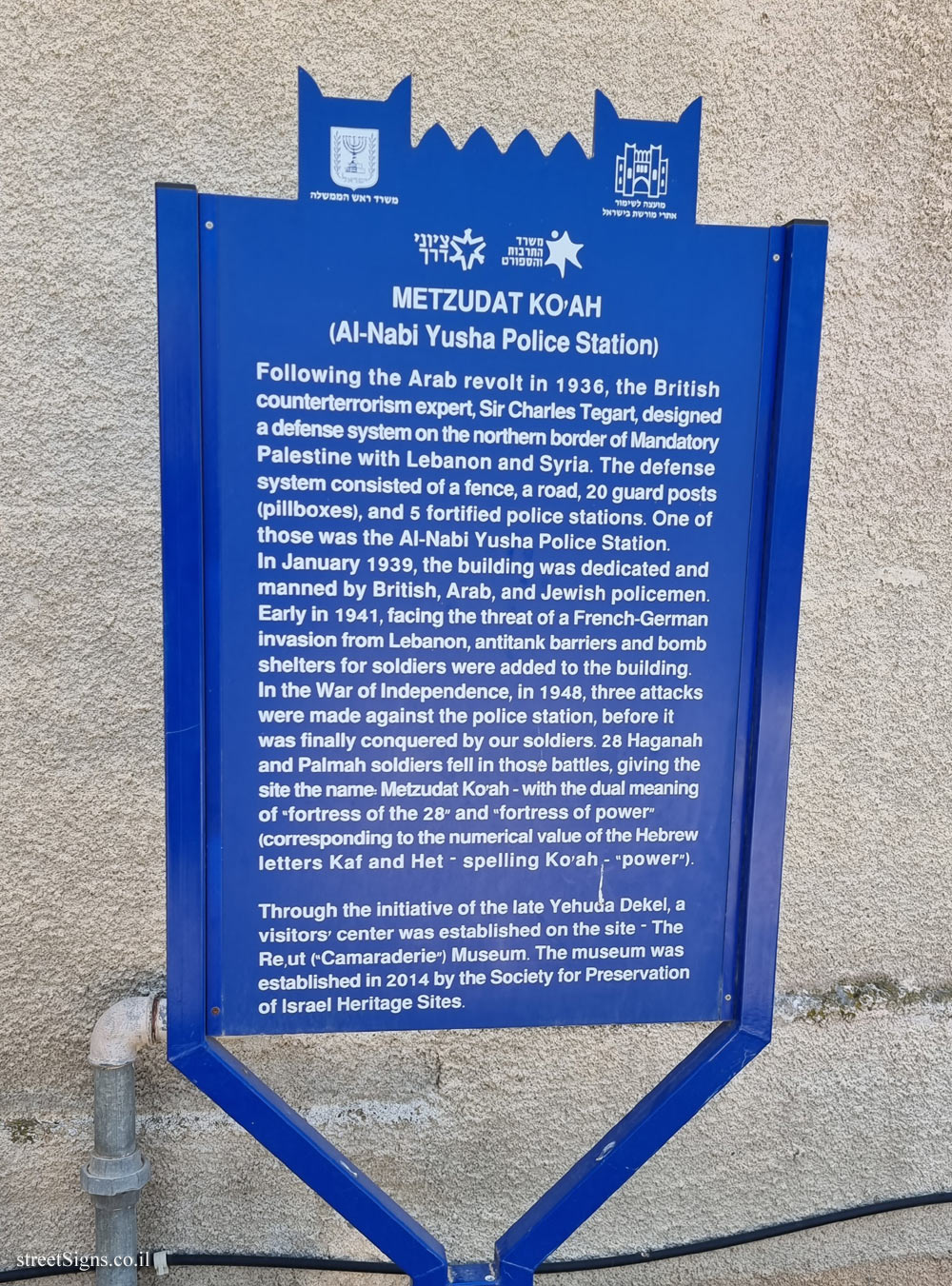 Click for a larger image
Click for a larger image 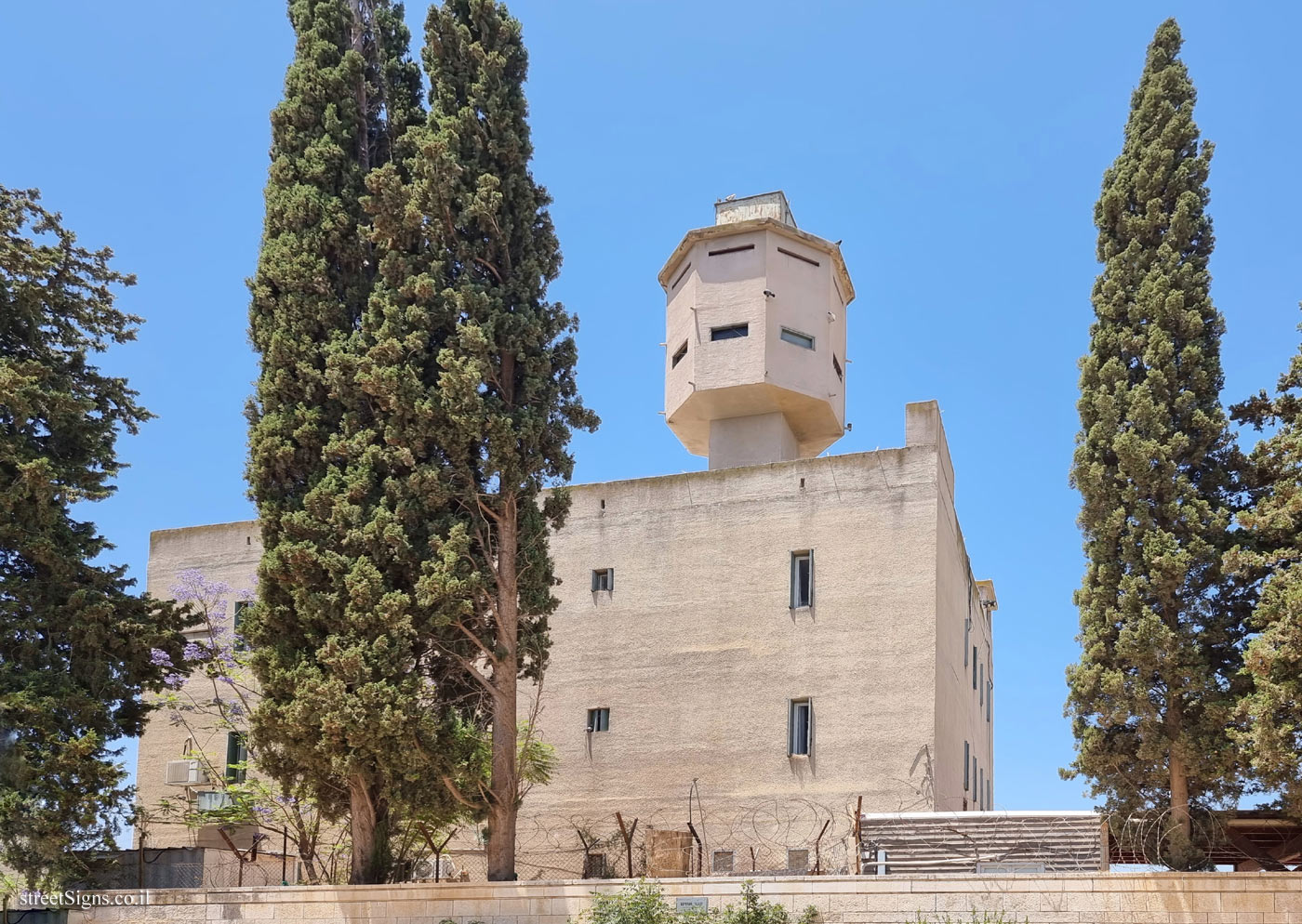 Click for a larger image
Click for a larger image 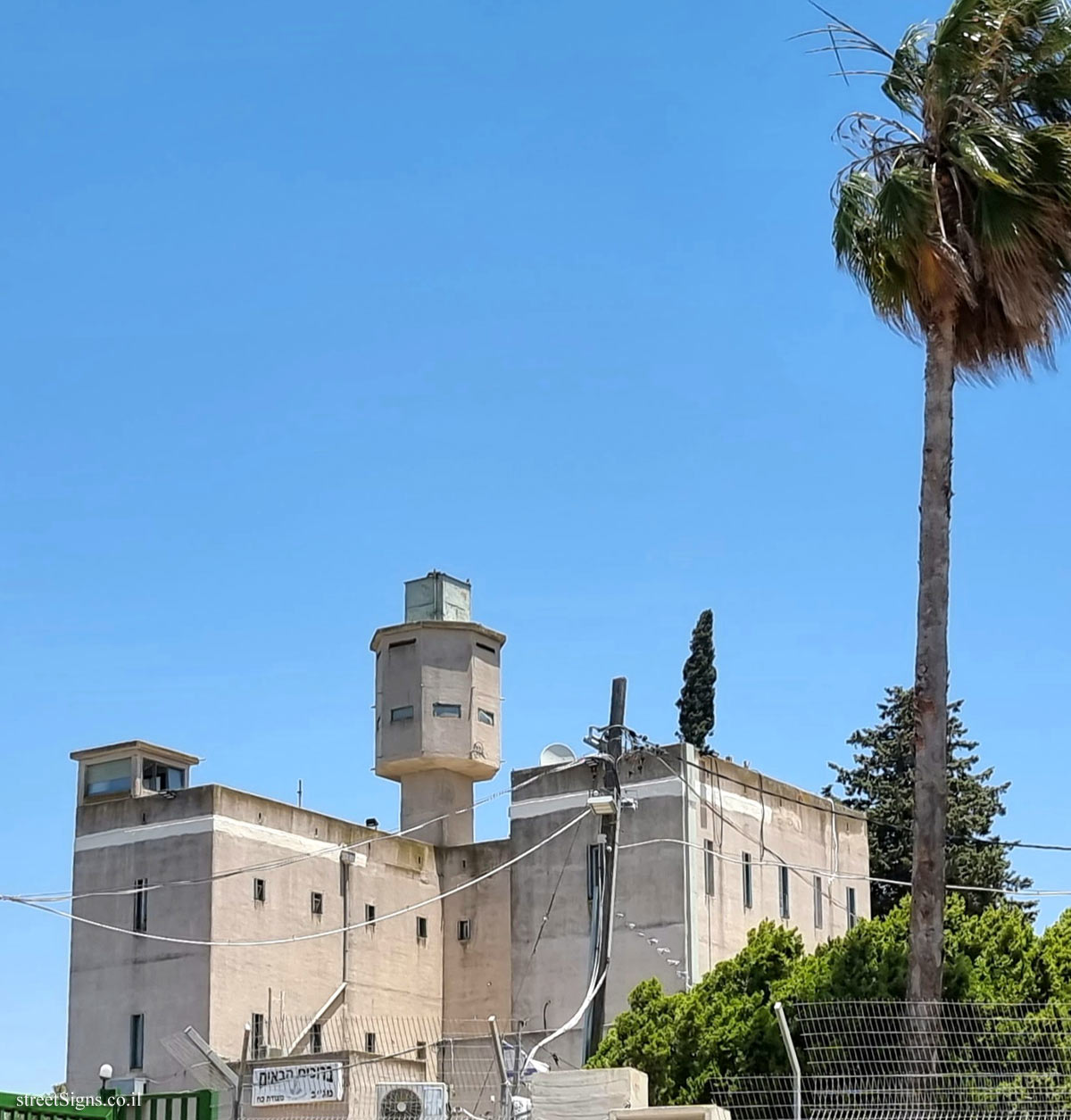 Click for a larger image
Click for a larger image 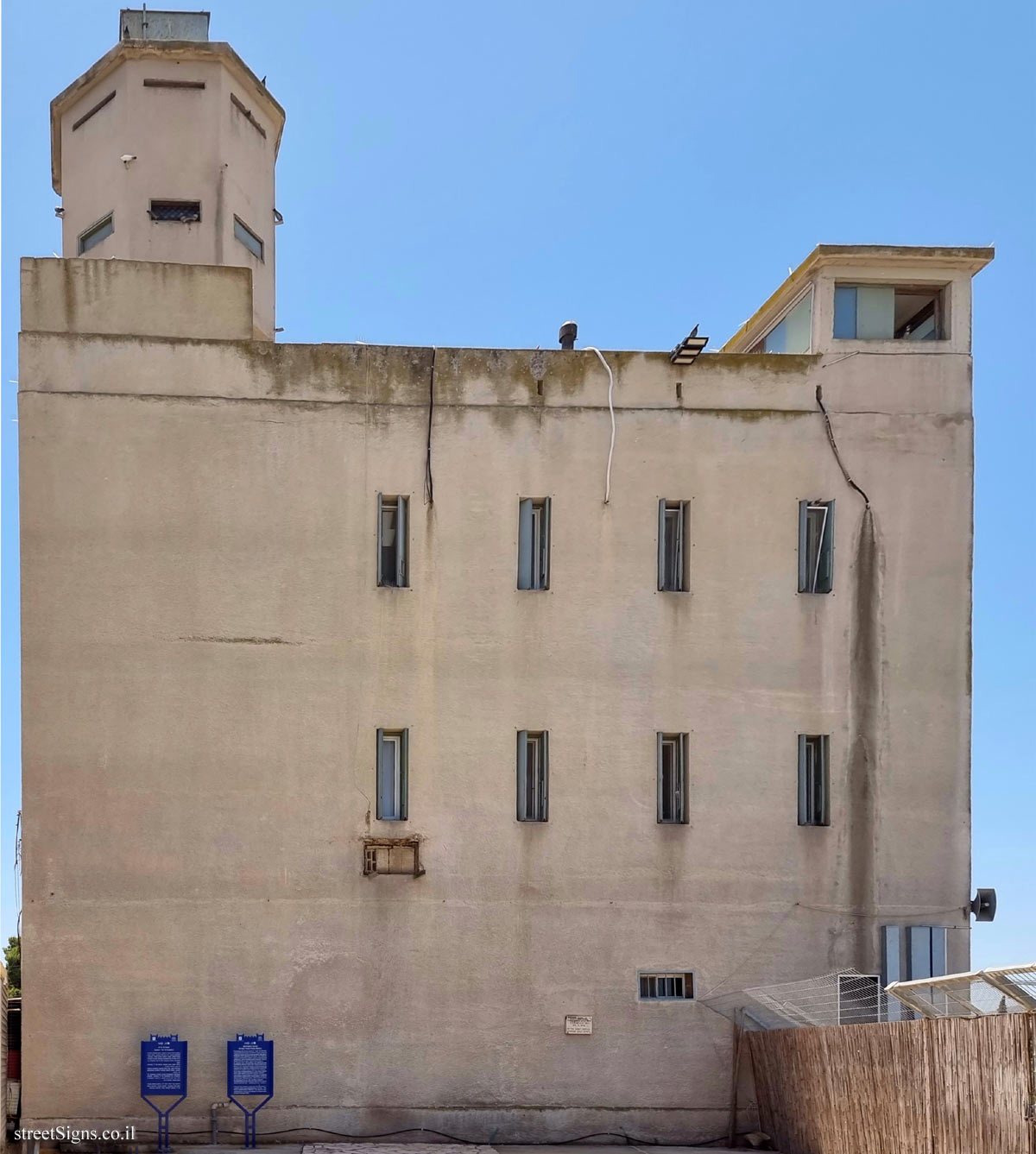 Click for a larger image
Click for a larger image 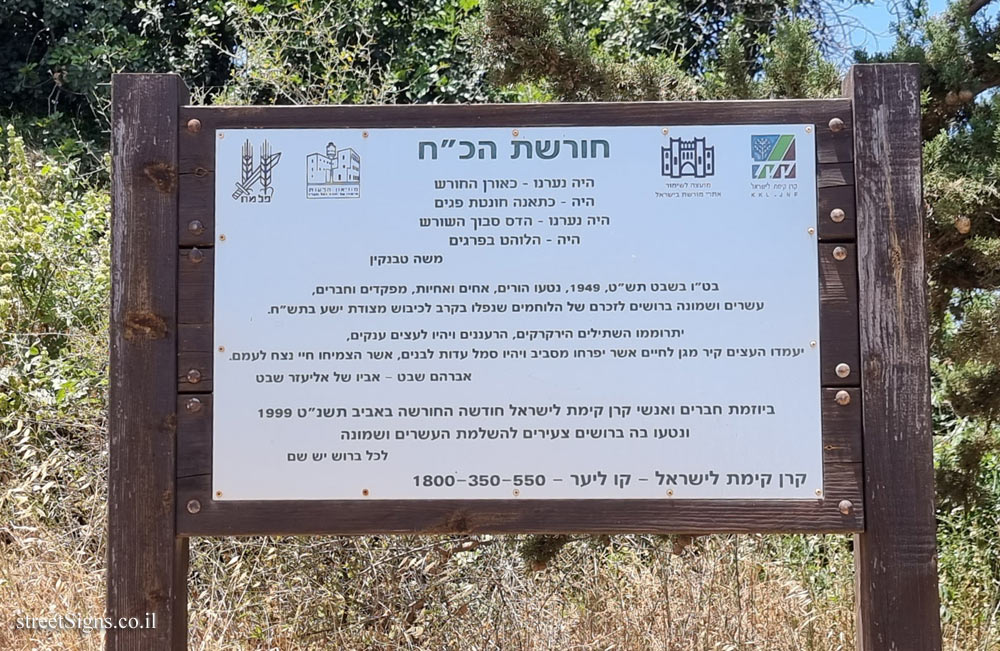 Click for sign's details
Click for sign's details 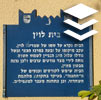 Click for all signs belonging to Heritage Sites in Israel
Click for all signs belonging to Heritage Sites in Israel
 7.54 Km |
7.54 Km |  7.57 Km |
7.57 Km |  7.59 Km |
7.59 Km |  7.75 Km |
7.75 Km |  7.93 Km
7.93 Km